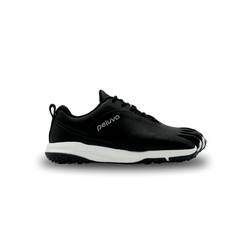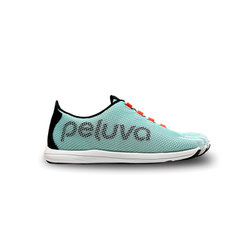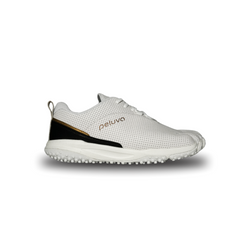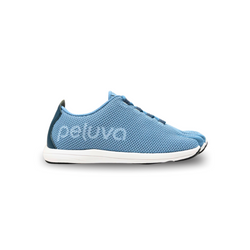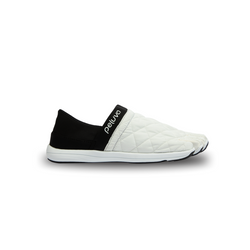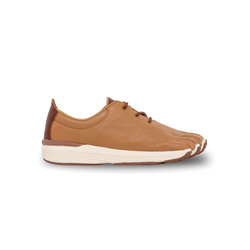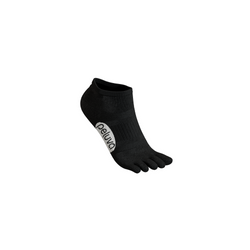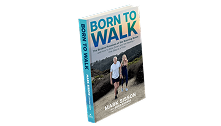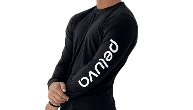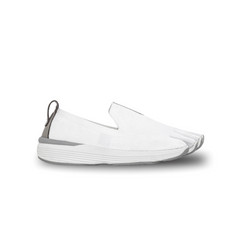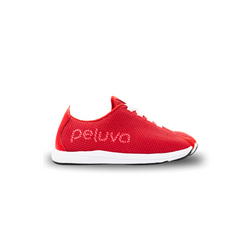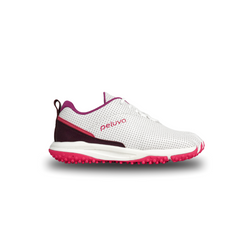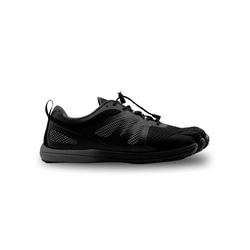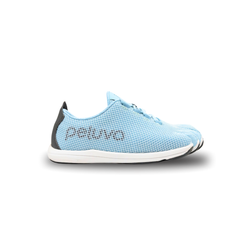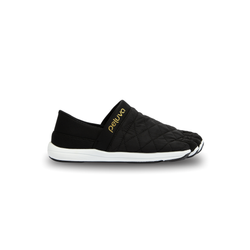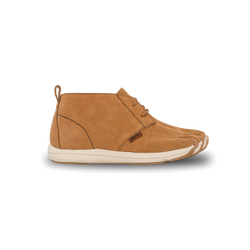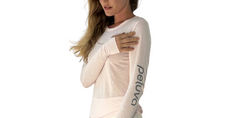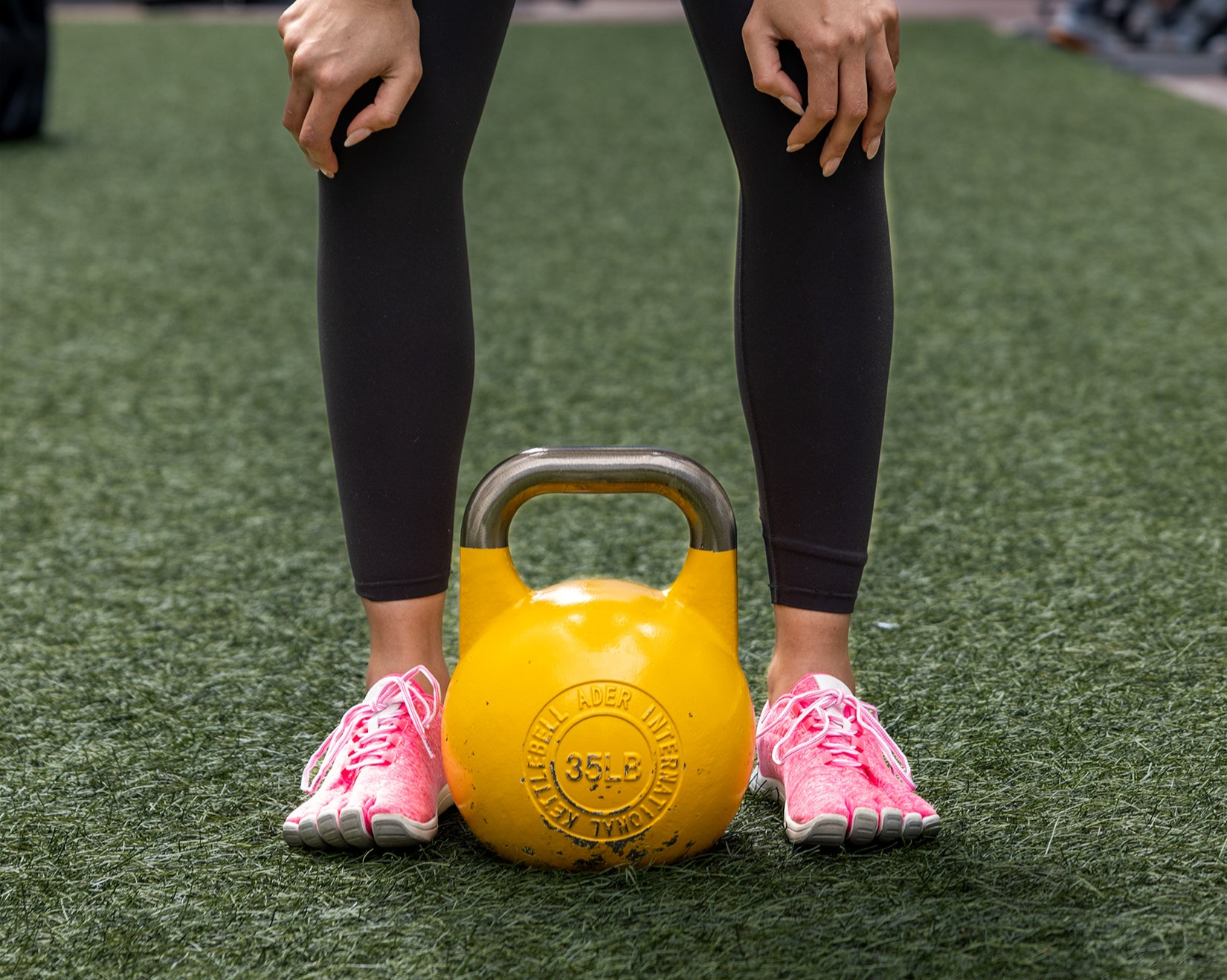Our toes have spent a lifetime being wedged together inside elevated, stiff, restrictive shoes. This has caused atrophy, diminished range of motion, loss of force production, and micro-trauma to delicate bones, muscles, and connective tissue. The incredibly high incidence of chronic pain, athletic injuries, and maladies such as corns, bunions, hammer toes, plantar warts, dermatitis, fungus, ingrown toenails, and athlete’s foot are highly influenced by forcing your feet to squeeze into a tight compartment for hours every day, for years and decades. The American Podiatric Medical Association reports that 83 percent of Americans suffer from chronic foot pain.
Our toes are designed to operate individually and dynamically, moving through multiple planes of motion on every stride. This ensures that we optimize impact absorption, balance moving bodyweight, and forward propulsion. As you gaze down at your toes that are likely misshapen, unnaturally compressed together, atrophied, curved, mangled, and with poor range of motion, it may be difficult to imagine that they are designed to work just as dynamically as the digits on your hand. Of course your toes did just that, once upon a time on the human evolution timeline. Check out The Foot Collective on YouTube for some amazing displays of toe dexterity. For a quick check on toe functionality, try raising your big toe off the ground while keeping the other toes flat. You should be able to create at least a 65-degree angle between the big toe and the ground, otherwise you have compromised mobility.
Essentially, what we’ve done to our toes in shoes is no different than encasing our hands into tight mittens for many hours a day, and then demanding that they perform complex activities. Imagine wearing mittens while chopping vegetables, dribbling a basketball, or swinging a golf club! But since humans are bi-pedal, our feet are responsible for interacting with the ground, sending important neurofeedback signals to the brain, and initiating most of the complex kinetic chain activity in the body. Hence, it’s arguably just as destructive to musculoskeletal health to compress the feet into a box as it is our hands!
Many minimalist shoes tout a “wide toe box” as a key performance attribute. Here, the design template of some minimalist shoes reveals increased width (by comparison to regular athletic shoes), starting in the midfoot and continuing toward the toes. Unfortunately, the design of wide toe box shoes still includes an angling of the material to come to a narrow-ish point at the front of the shoe. This makes them similar in appearance to a regular shoe, with not as severe of a point. Compare and contrast the shape of even the widest toe box minimalist shoe to the shape of your bare foot or the shape of a Peluva shoe. The foot has a very wide and gentle slope running from the tip of the big toe to the bottom of the little toe. Some shoes touting wide toe box are not much different than regular shoes, and even the widest minimalist shoes, such as a Croc(R) sandal and other kidney-bean shaped shoes, can still cramp and compress the toes–especially when they are moving through the stride pattern.
The extra space inside a wide toe box shoe eliminates the unrelenting compression of the toes together (which severely harms impact absorption, balance, and propulsion), and provides a little more opportunity for the toes to move freely. Unfortunately, wide toe box shoes still confine the toes to a single chamber and are too narrow at the tip. This inhibits toe functionality and correct range of motion. The toes do not “splay” optimally upon ground impact, because the material toward the front can restrict their desired range of motion, and because most toes have not had sufficient training to splay, thanks to years and decades of being confined and wedged together. Your toes splayed beautifully and naturally when you were a toddler, but they are unlikely to splay naturally when encased in a single toe box, however wide. Wide toe box minimalist shoes certainly don’t actively hurt your feet like regular shoes, but they don’t actively help them either. For this, you need to go barefoot, use toe spacers, or wear minimalist shoes with individual toe chambers, like all models of Peluva.
The individual articulation of the toes into individual chambers represents a superior functional innovation in the minimalist shoe category. This is especially true for modern citizens who’ve spent a lifetime in restrictive shoes, because we need to actively “force” our toes to work independently to gradually progress toward natural functionality. You can experience this need for corrective action, and track your progress, by noticing how it gets easier to slide your feet into the individual toe chambers of Peluva shoes over time. Many of our customers share how their initial fitting is a little frustrating, because they have to painstakingly guide their shoes into each toe slot. Things quickly improve as the toes become reacquainted with their natural range of motion. This is evidenced by more ease in sliding into the shoes, and better balance and foot comfort when doing a variety of sensible fitness activities in Peluvas or while barefoot.
We also have a critical need for the big toe to dorsiflex individually and powerfully to initiate takeoff on every stride. The big toe is so critical for balance, kinetic energy, and engagement of the powerful gluteal muscles that evolutionary biologists highlight it as one of the key drivers of bi-pedal locomotion. A powerful and independently operating big toe is one of the key features distinguishing us from ape cousins with vastly inferior locomotion abilities. This is a compelling argument to free the big toe from the others to truly simulate a barefoot experience with your footwear. When it comes to improving foot functionality, you can envision a tiered ranking system of optimal behaviors as follows:
- Go barefoot around the home or safe outdoor locations as often as possible
- Wear Peluva shoes with individual toe boxes and walk extensively every day
- Wear Peluva shoes for all manner of everyday activity and low-impact fitness activities
- Flat sole sandals that strap to the foot are also a good barefoot-inspired experience. Flip-flops and other shoes that do not connect to the foot (sliders, slippers) alter the foot range of motion during the stride and are not good for foot health.
- Regarding the many other minimalist shoe models for sport and leisure, any movement in the minimalist direction is fantastic, especially eliminating the destructive elevated heel and striving for “zero-drop” footwear.
